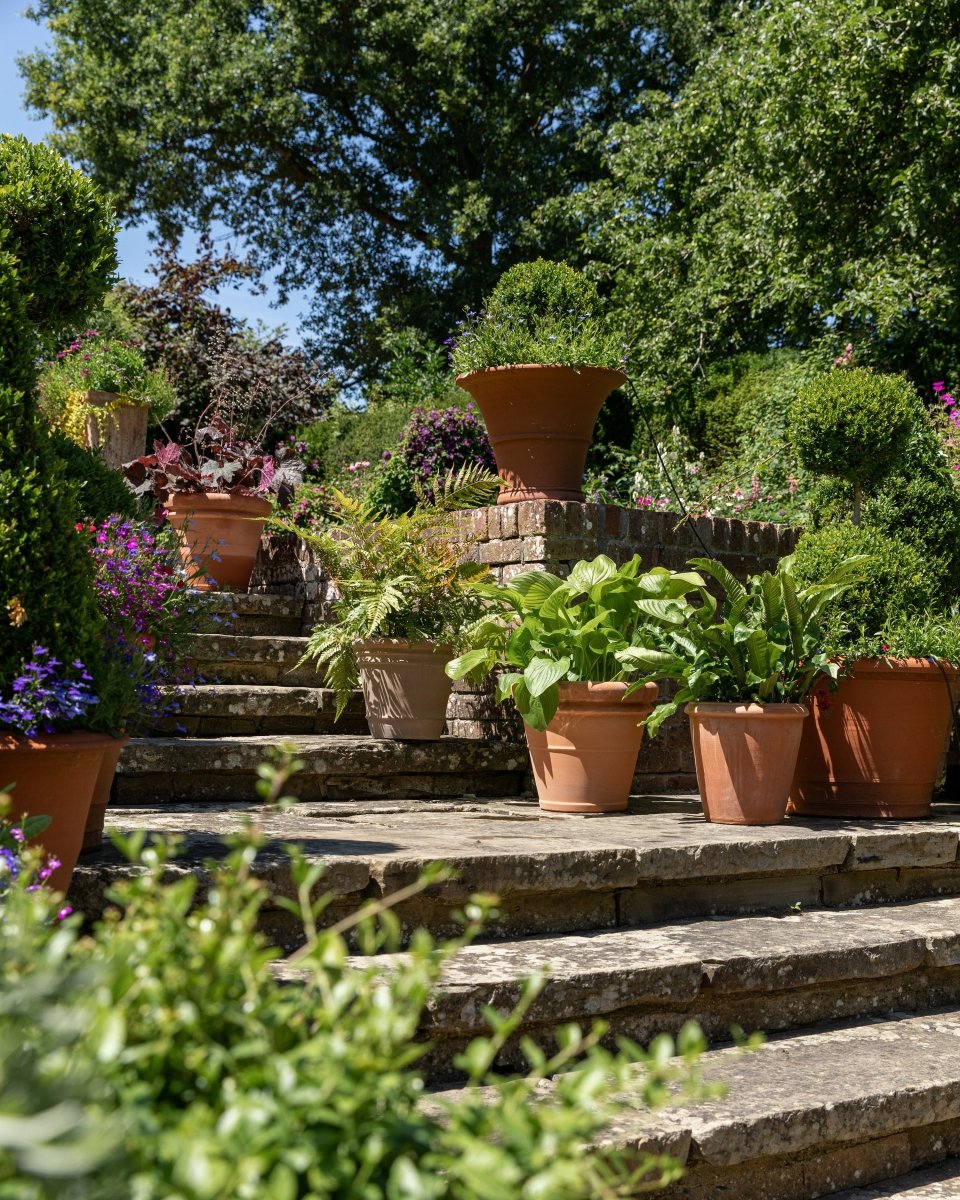The Dypsis lutescens, commonly known as the Areca Palm, Bamboo Palm, or Butterfly Palm, is a popular indoor plant due to its elegant arching fronds and relatively low maintenance requirements. Here’s a care guide to keep your Areca Palm healthy and thriving:
Light
- Optimal Conditions: Bright, indirect light is best. Place the plant near a window with filtered sunlight.
- Avoid: Direct sunlight, which can scorch the fronds, and low-light areas, which may lead to leggy growth.
Watering
- Frequency: Water when the top 2-3 cm of soil feels dry to the touch. During summer, you may need to water more frequently, while in winter, reduce watering.
- Avoid: Overwatering, which can cause root rot. Make sure the pot has good drainage to prevent waterlogging.
Humidity
- Preferred Levels: The Areca Palm loves high humidity (50-60%). If the air in your home is dry, consider misting the plant, using a pebble tray with water, or running a humidifier nearby.
- Signs of Low Humidity: Browning or crispy leaf tips.
Temperature
- Ideal Range: 18-24°C.
- Avoid: Drafts, sudden temperature changes, and temperatures below 15°C, which can stress the plant.
Soil
- Type: Well-draining potting mix. A mix designed for palms or a combination of standard potting soil, sand, and perlite works well.
Fertilising
- When and What: Feed the plant with a balanced, water-soluble fertiliser every 4-6 weeks during the growing season (spring and summer). Reduce or stop fertilising in autumn and winter.
- Avoid: Over-fertilising, which can lead to salt build-up and damage the roots.
Pruning
- Maintenance: Trim off any yellow or brown fronds near the base using clean scissors or shears. This helps the plant focus energy on new growth.
- Avoid: Cutting green fronds, as these contribute to the plant's health.
Repotting
- Frequency: Every 2-3 years or when the plant outgrows its pot.
- How: Choose a pot 2-3 cm larger in diameter and refresh the soil. Repot in spring for best results.
Common Problems
- Yellowing Leaves: Could indicate overwatering or underwatering. Check soil moisture and adjust accordingly.
- Brown Tips: Often caused by dry air or fluoride in water. Use distilled or rainwater and increase humidity.
- Pests: Watch out for spider mites, mealybugs, and scale. Treat infestations with insecticidal soap or neem oil.
Propagation
- Method: Divide clumps during repotting. Ensure each division has a healthy root system and a few stems.
- Best Time: Spring or early summer.
With proper care, your Dypsis lutescens can grow into a lush, vibrant focal point for your home or office.





















